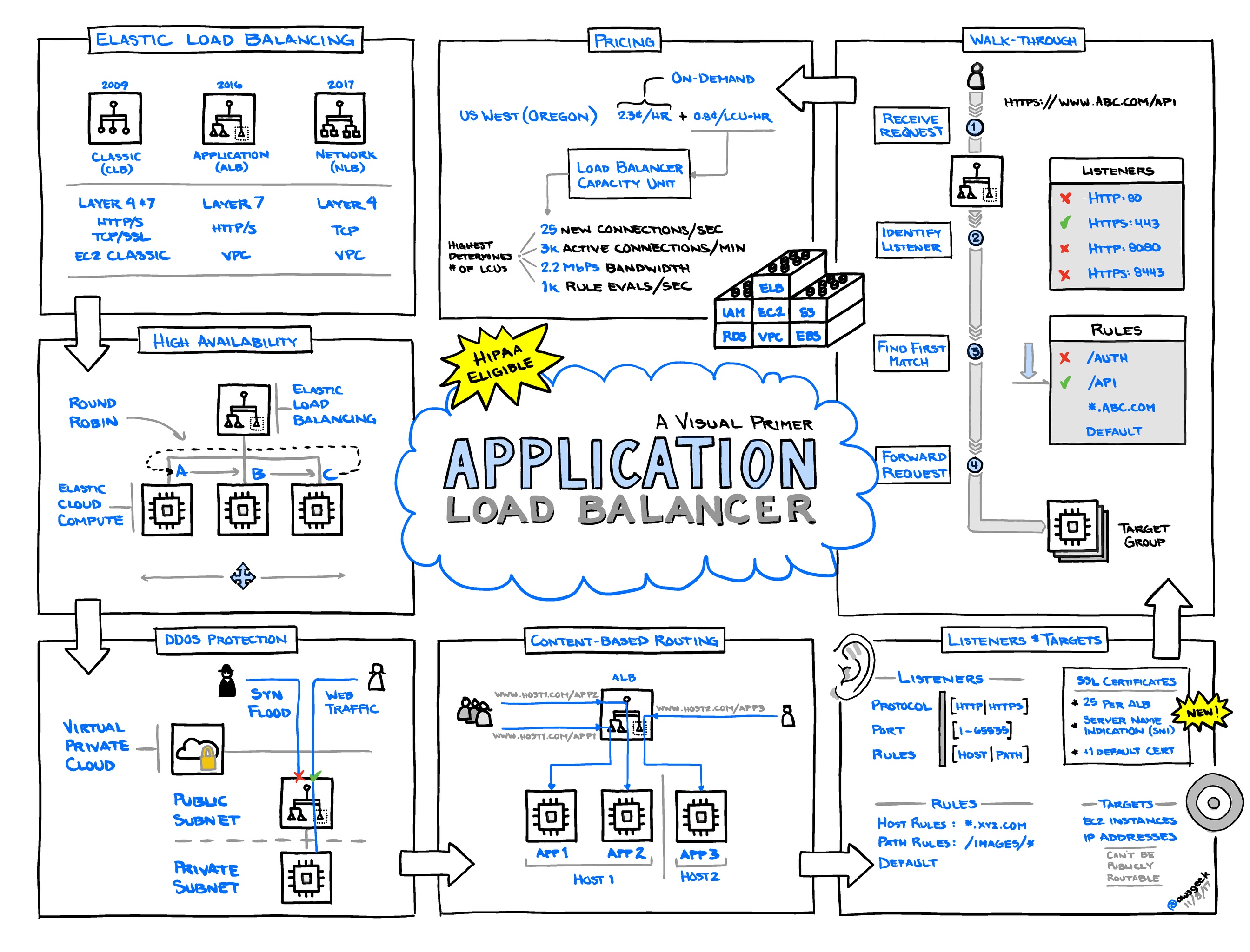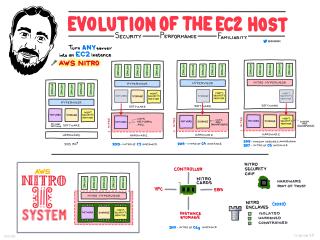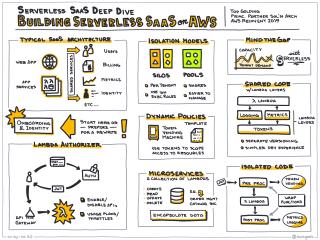
Amazon Web Services (AWS) Elastic Load Balancer (ELB) - specifically the Application Load Balancer (ALB) - plays a pivotal role in managing inbound requests by distributing them across multiple targets, such as Amazon EC2 instances, containers, and IP addresses. ALB is highly versatile, providing features designed to enhance application scalability, availability, and security, critical for professional developers and IT administrators tasked with maintaining robust cloud-based infrastructures.
Use Cases
AWS Application Load Balancer is suited for several use cases. It supports microservices and container-based applications, making it an ideal choice for applications requiring flexible routing of user requests. By integrating tightly with AWS's ECS and EKS, ALB can route requests based on the content of the application layer, enabling application developers to host multiple microservices on a single load balancer instance.
Moreover, ALB is well-suited for applications seeking to implement advanced routing algorithms such as host-based and path-based routing, or those requiring WebSocket or HTTP/2 support. Developers focused on optimizing content delivery can utilize ALB's content-based routing capabilities to enhance application performance significantly.
Pricing
The pricing model for AWS Application Load Balancer is composed of two key components: the time the load balancer is used (charged on an hourly basis) and the amount of data processed by the load balancer. Charges are based on the number of Elastic Load Balancers and the Load Balancer Capacity Units (LCUs) consumed, which includes dimensions like new connections, active connections, and processed bytes.
While AWS provides a cost-effective solution with its pay-as-you-go pricing model, developers should carefully consider their application's workload patterns. Accurate capacity planning and monitoring are crucial to manage costs effectively without experiencing unexpected spikes in their AWS bill.
Scalability
AWS ALB is designed with scalability in mind, capable of handling varying loads by dynamically adjusting to incoming traffic. This dynamic scaling is essential for applications with fluctuating or unpredictable traffic patterns, ensuring consistent, high-performance service delivery without manual intervention.
By leveraging Auto Scaling, AWS can automatically adjust the number of Amazon EC2 instances in service, based on demand. This seamless scalability capability allows developers to focus on application logic rather than infrastructure concerns.
Availability
Application Load Balancer ensures high availability through its integration with multiple Availability Zones (AZ) within a given region. By distributing traffic across AZs, ALB maintains low latency and redundancy, ensuring service continuity even in the event of a zone failure. AWS's Service Level Agreement (SLA) further reinforces its commitment to providing a 99.99% monthly uptime for ALB, a crucial consideration for business-critical applications.
The health check feature of ALB ensures traffic is only routed to healthy targets, detecting the health of application instances and removing traffic from unhealthy ones. This guarantees that user traffic receives optimal service and enhances overall system resilience.
Security
Security is a primary consideration for AWS, and ALB provides several features to protect applications from threats. It integrates with AWS Web Application Firewall (WAF), allowing the creation of custom rules to mitigate common web threats, like SQL injection or cross-site scripting (XSS).
In addition, ALB supports Secure Socket Layer (SSL) termination, enabling secure communication between clients and the load balancer. By handling SSL decryption centrally, ALB reduces the burden on application instances and enhances security.
To optimize access control, AWS ALB can be integrated with AWS Identity and Access Management (IAM), ensuring precise control over who can create, modify, or delete load balancers.
Competition
Similar services that compete with AWS ALB are offered by other leading cloud providers. On Google Cloud, the Google Cloud Load Balancing service provides globally distributed load balancing, utilizing Google's global network to distribute traffic with no requirement to pre-warm the load balancers.
Microsoft Azure offers Azure Load Balancer and the application gateway feature, enabling users to manage traffic for applications with high availability and network management requirements, focusing on layer 4 (TCP, UDP) and layer 7 (HTTP) traffic.
Alibaba Cloud provides users with Alibaba Cloud Server Load Balancer, designed to distribute inbound traffic and improve overall application response capabilities, focusing on improving service availability and fault tolerance in distributed applications.
In conclusion, the AWS Application Load Balancer stands out as a robust solution for managing complex application architectures, offering a suite of tools to enhance routing, security, and availability while maintaining cost efficiency. Understanding its core features and potential use cases empowers developers and IT professionals to optimize their cloud infrastructure deployments effectively.
 AWS re:Invent Keynotes from 2012 to 2020
AWS re:Invent Keynotes from 2012 to 2020
 The Evolution of the EC2 Host
The Evolution of the EC2 Host
 Serverless SaaS deep dive: Building serverless SaaS on AWS
Serverless SaaS deep dive: Building serverless SaaS on AWS
 AWS Graviton EC2 Instances
AWS Graviton EC2 Instances